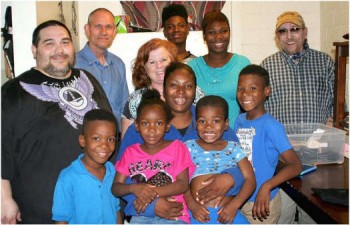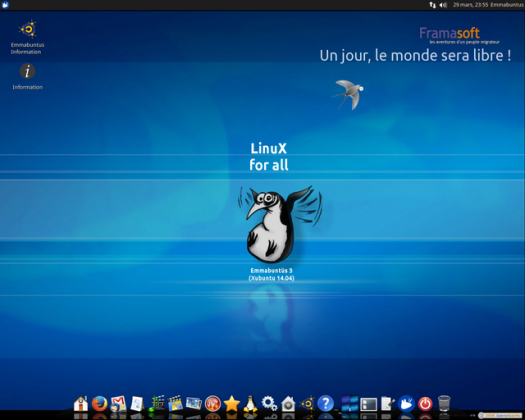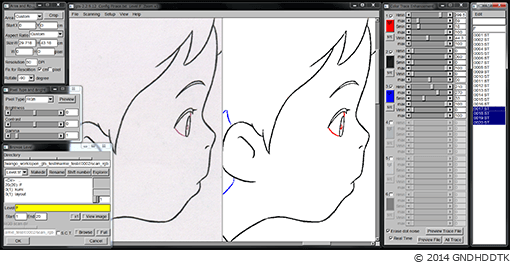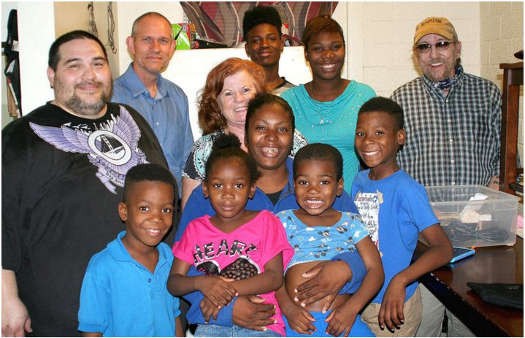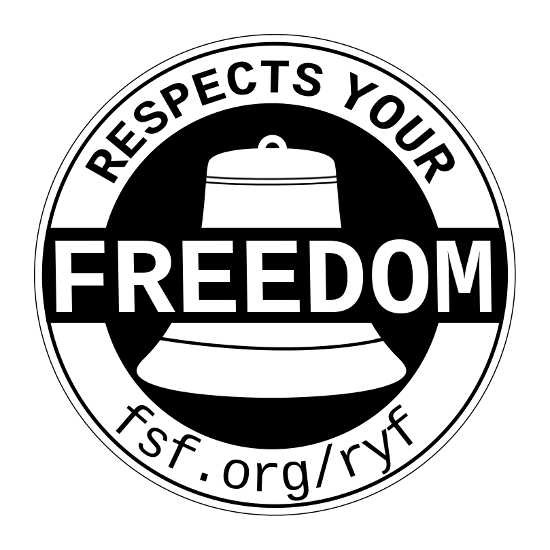These are the ten most read articles on FOSS Force for the month of March, 2016. 1. Microsoft Does to Oracle What Oracle Tried To…
FOSS Force
The Video Screening Room
While open source software has many advantages over proprietary software, it takes more than writing good code to find a user base for a project.
Starting a successful open source project requires a lot more than technical skills. You need to have wise strategies, which Michael DeHaan, founder of the IT automation company Ansible, clearly explains in this valuable video. In this talk, recorded March 22 on the Centennial Campus of North Carolina State University, he explains that for users to adopt your open source creations, the documentation needs to be outstanding. Your web site needs to be very well done. Learn these and other tips in this video.
First it was the NSA, the FBI and every big city cop shop on the planet insisting we need legislation to force safe, secure and for their eyes only back doors in damn near every device on the planet, presumably including light switches, garbage disposals and dishwashers. Eventually they came to see that doors, hidden or not, are merely temptations for hackers to break on through, and just decided to go on the down low for a while so they could pull a sneak attack later when we least expect it, which is a favorite trick of government types.
Emmabuntüs is a GNU/Linux distribution that’s definitely set apart from the crowd, as its developers are motivated less by a love for technology than by a connection with humanity.
The Emmabuntüs Community today announced the third maintenance release of Emmabuntüs 3, version 1.03, based on Xubuntu 14.04.4. Like its *buntu namesake, the distro ships with the Xfce desktop by default, but also includes LXDE as an option.
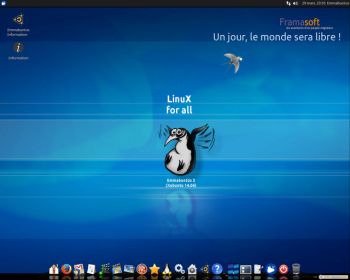 What sets Emmabuntüs apart from other GNU/Linux distributions is the fact that it’s a distro with a mission. The informal community responsible for the distribution initially came together sometime before 2012 with the purpose of creating a distribution to simplify the task of refurbishing used computers to be given to charity organizations, with the key recipient being Emmaus, a secular international organization founded in Paris in 1949 by Catholic priest and Capuchin friar Abbé Pierre to combat poverty and homelessness.
What sets Emmabuntüs apart from other GNU/Linux distributions is the fact that it’s a distro with a mission. The informal community responsible for the distribution initially came together sometime before 2012 with the purpose of creating a distribution to simplify the task of refurbishing used computers to be given to charity organizations, with the key recipient being Emmaus, a secular international organization founded in Paris in 1949 by Catholic priest and Capuchin friar Abbé Pierre to combat poverty and homelessness.
FOSS Force has learned that we shouldn’t write obituaries until we actually see a death certificate. SCO intends to file an appeal over the dismissal of its case against IBM.
On Feburary 29, we told you that SCO was “undeniably and reliably dead” after the company signed off on Judge David Nuffer’s dismissal of what remained of its case against IBM. Guess what? We were wrong. The once upon a time Linux and Unix company, which developed and distributed the Caldera GNU/Linux distribution, evidently has not yet been pulled from life support. On Tuesday, the company filed notification that it intends to appeal Judge Nuffer’s ruling to the United States Court of Appeals for the Tenth Circuit.
The Raspberry Pi Report
It’s beyond amazing how many different projects people have created for the Raspberry Pi. Here’s a look at four which are particularly noteworthy.
Well ladies and gentlemen, it’s the end of March. Normally this last-of-the-month article would be a summary of the biggest stories that happened during the month of March concerning the Raspberry Pi. This month, though, I thought I would change it up and discuss some of the biggest projects that were talked about this past month. In no particular order, here is what the month of March had to offer in the way of amazing DIY Raspberry Pi projects.
The Video Screening Room
The same 2D animation software that’s used by Studio Ghibli in the making of its feature length anime films is now available as OpenToonz under an open source license.
OpenToonz, 2D animation software based on the proprietary Toonz, was released as open source on Saturday and the OpenToonz tutorials are already rolling in to YouTube. This one by Ryan A. Boone, of Tacoma, Washington, caught my eye. I learned some helpful tips and tricks watching this.
The Heart of Linux
The story of a donation that should have happened, but didn’t.
That sinking feeling. The feeling you get in the microseconds after someone sneaks up from behind and scares the bejeebus out of you. The feeling you get when you pat your back pocket and discover your wallet isn’t there. The gut dropping three seconds directly after reading the email notifying you of imminent layoff. The feeling that something has taken place that is going to impact your life, and possibly the lives of others, in the most unpleasant of ways.
